| Published in Destinations |
Nature and History in Sintra, Portugal
Just a short drive from Lisbon, Sintra is one of Portugal’s destinations renowned for its landscapes, architecture, and history. Sintra has long captured the hearts of poets, travelers, and royals.
Its unique blend of natural beauty and human-made wonders has earned it a place on the UNESCO World Heritage list, making it a major tourist attraction .
Sintra's history dates back thousands of years, with evidence of human occupation in the region since prehistoric times.
The area was later influenced by the Romans and Moors, each leaving their mark on its culture and architecture. However, it was during the 19th century that Sintra truly came into its own as a romantic retreat, favored by the Portuguese royal family and European aristocrats.
Architectural Wonders
King Ferdinand II, known as the "Artist King," played a significant role in shaping the modern identity of Sintra. His vision transformed the ancient ruins of a monastery into the beautiful Pena Palace, which today stands as one of the most iconic landmarks in the region. Combining Gothic, Renaissance, and Moorish styles, the palace is a symbol of the Romantic era’s ideals of beauty.

Pena National Palace (Portuguese: Palácio Nacional da Pena). Source: Wikipedia.
Sintra’s architectural heritage is a mosaic of different periods and styles, reflecting the area's diverse cultural influences. Pena Palace is often the most visited site, offering sweeping views of the town below and the Atlantic Ocean beyond. Its towers, vibrant hues, and intricately designed interiors capture the essence of Romanticism, blending art with nature in a harmonious balance.

Neo-Gothic, Neo-Manueline, Neo-Islamic and Neo-Renaissance Architectural Styles at Pena Palace. Photo: D. Stefanita
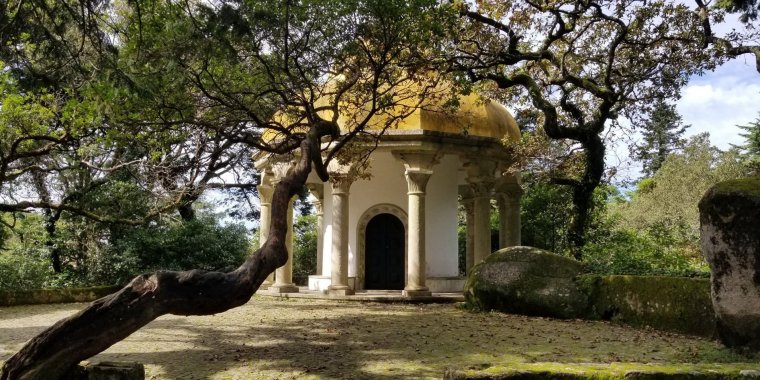
Pena Palace, Templo das Colunas garden pavilion. Its construction was commissioned by the father of King Ferdinand II, in 1844, at St Anthony's Heights, with a privileged view of the palace. Photo: D. Stefanita
Another notable site is the Quinta da Regaleira, an estate known for its Gothic-style mansion and enigmatic gardens. The estate's most famous feature is the Initiation Well, a spiraling staircase that descends into the earth, symbolizing the journey of initiation and self-discovery.
The surrounding garden is equally mysterious, with hidden tunnels, grottoes, and mythological statues, making it a paradise for those with an interest in esoteric philosophy and symbolism.

Quinta da Regaleira. Credit: Ajay Suresh, Wikipedia.
The Castle of the Moors, a fortress built by the Moors in the 8th century, stands as a testament to Sintra's strategic importance throughout history. The castle offers a striking contrast to the more ornate palaces and is a reminder of the region's past as a contested stronghold between Christian and Moorish forces. The views from the castle walls are breathtaking, encompassing the rolling hills, the town of Sintra, and the distant ocean.

Castle of the Moors. Credit: Diego Delso, Wikipedia.
Natural Beauty
What sets Sintra apart from other historical towns is the natural beauty that surrounds it: the lush forests, stony cliffs, and serene landscapes of the Sintra-Cascais Natural Park.
The region’s unique microclimate, cooler and more humid than the surrounding areas, nurtures a wide variety of plant species, including dense ferns, moss-covered boulders, and towering trees, making it a haven for nature lovers.
Walking through the trails of the natural park, visitors can discover hidden gems like Monserrate Palace, an exotic villa with Moorish, Gothic, and Indian influences, surrounded by an expansive garden with rare plant species from around the world.
This integration of architecture with nature is a recurring theme in Sintra, where man-made structures seem to rise organically from the landscape.
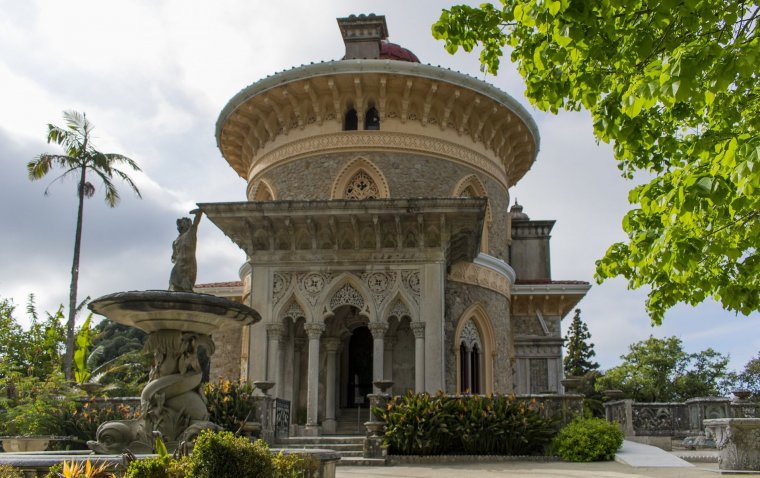
Monserrate Palace. Credit: Jorge Lobo, Wikipedia.
Cultural Impact
Sintra has been a source of inspiration for writers, poets, and artists throughout history. Lord Byron famously described it as a “glorious Eden,” while other Romantic figures like Eça de Queirós and Hans Christian Andersen were similarly enchanted by the town's beauty and mystique.
Today, Sintra continues to be a cultural hub, hosting art exhibitions, music festivals, and literary events that celebrate its rich heritage and artistic legacy.
In addition to its cultural attractions, Sintra has become a popular destination for outdoor activities. Hiking, cycling, and rock climbing
The nearby beaches, such as Praia da Adraga and Cabo da Roca, the westernmost point of mainland Europe, offer a tranquil escape for those seeking sun and sea.
Excessive tourism
As the town’s popularity grew as a top destination, this has led to overcrowding and strain on its infrastructure. The influx of visitors has resulted in traffic congestion, long queues at popular attractions like Pena Palace and Quinta da Regaleira, and an overwhelming pressure on the local environment.
Sintra’s narrow streets, designed centuries ago, struggle to accommodate the volume of tour buses and cars, while the natural beauty of its forests and parks faces degradation due to foot traffic and pollution.
Additionally, the rise in short-term rentals has driven up property prices, affecting residents. While tourism brings economic benefits to some part of local population, the challenge now lies in finding a balance between preserving Sintra’s unique cultural and natural heritage and ensuring a sustainable tourism model that does not compromise the town's charm and ecological health.

Pena Palace Courtyard. Photo: D. Stefanita
Sources
•https://en.wikipedia.org
YOU MAY ALSO LIKE
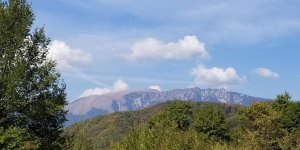

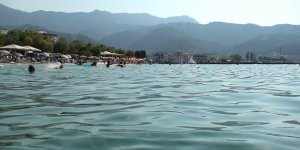
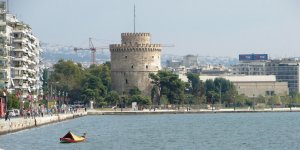
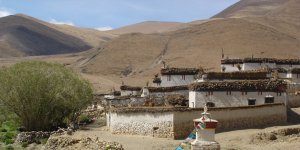

 If you own or manage a travel-related business such as a hotel, a bed-and-breakfast, a restaurant, a pub or a cafeteria, you can create a web page for your business for free on Titi Tudorancea Travel Info. » |